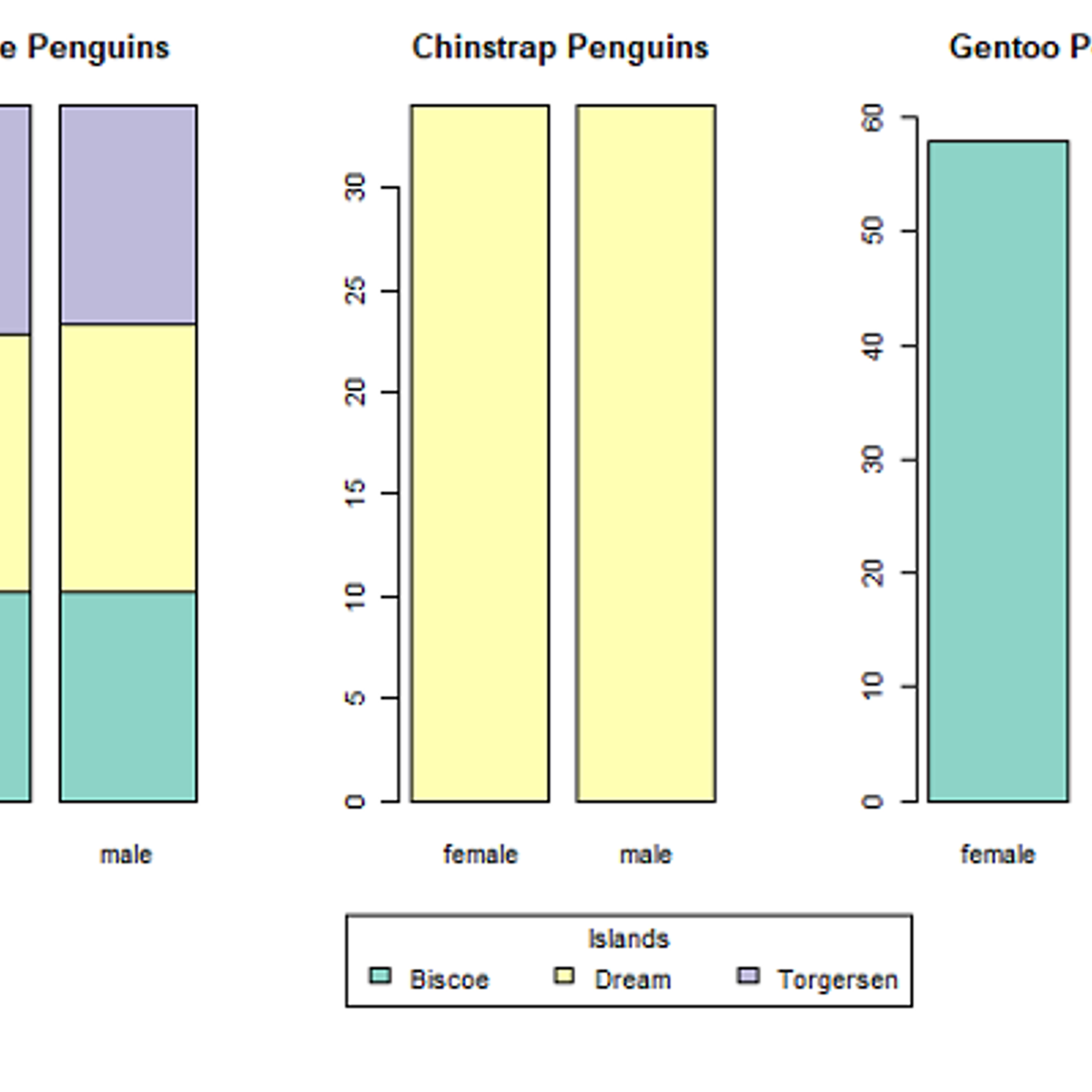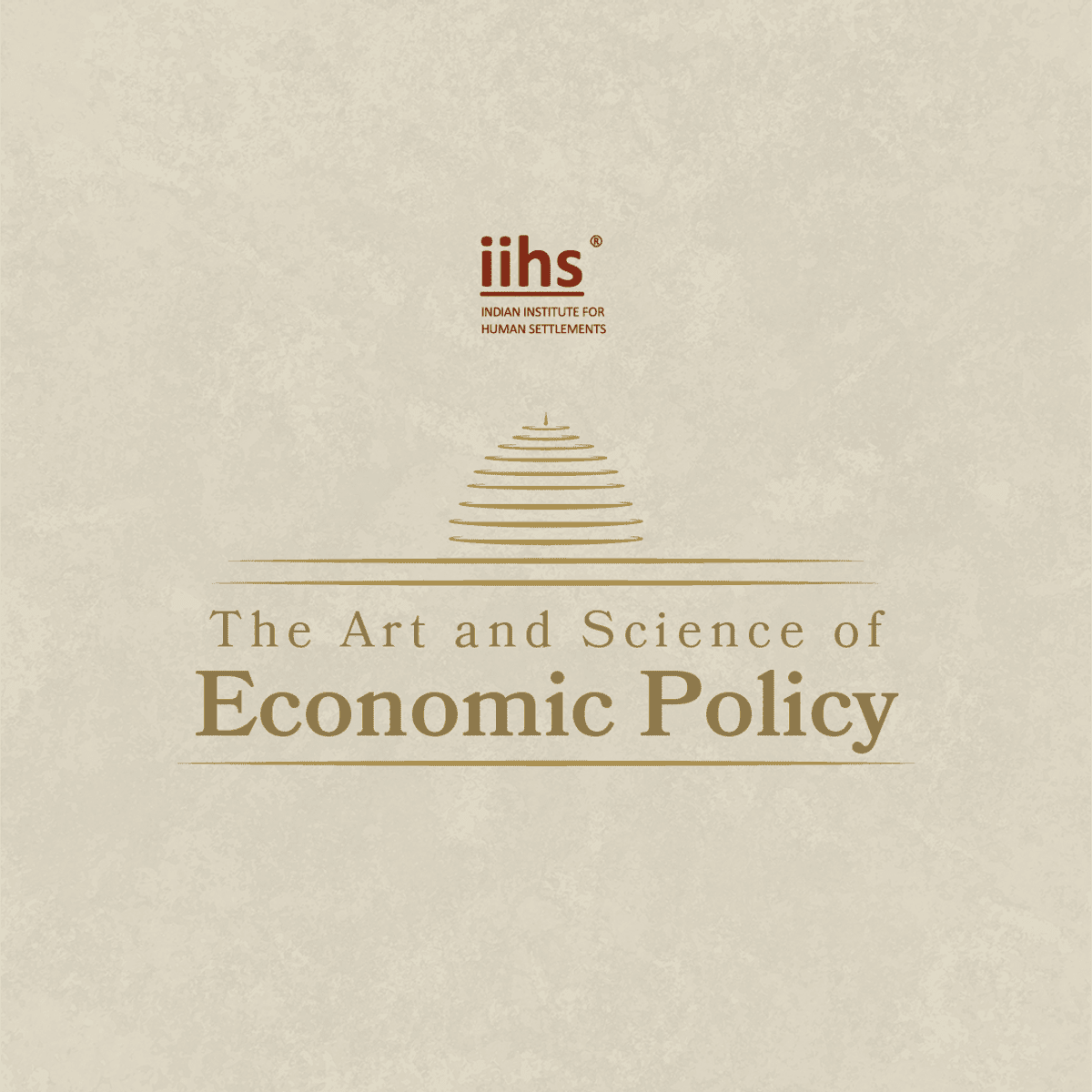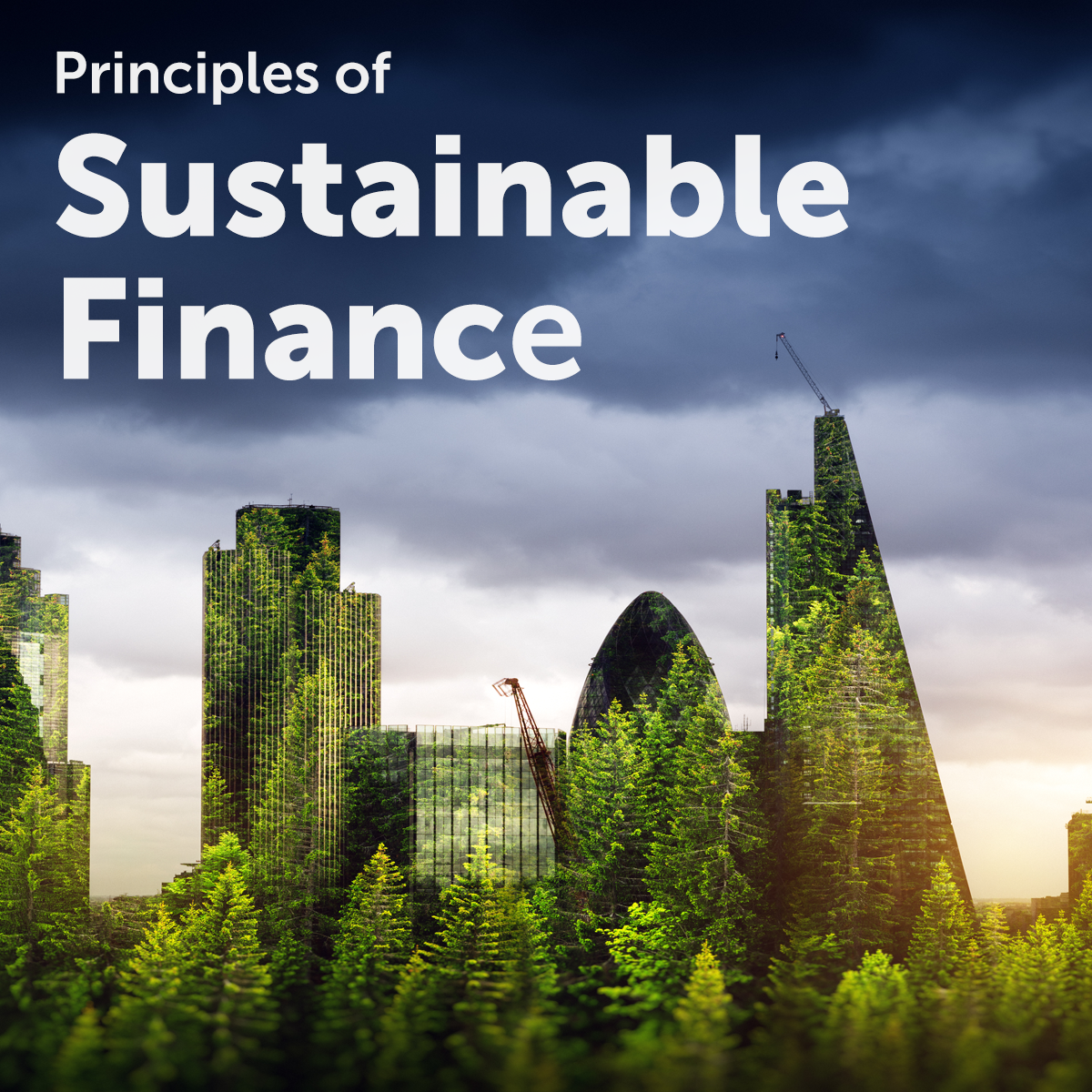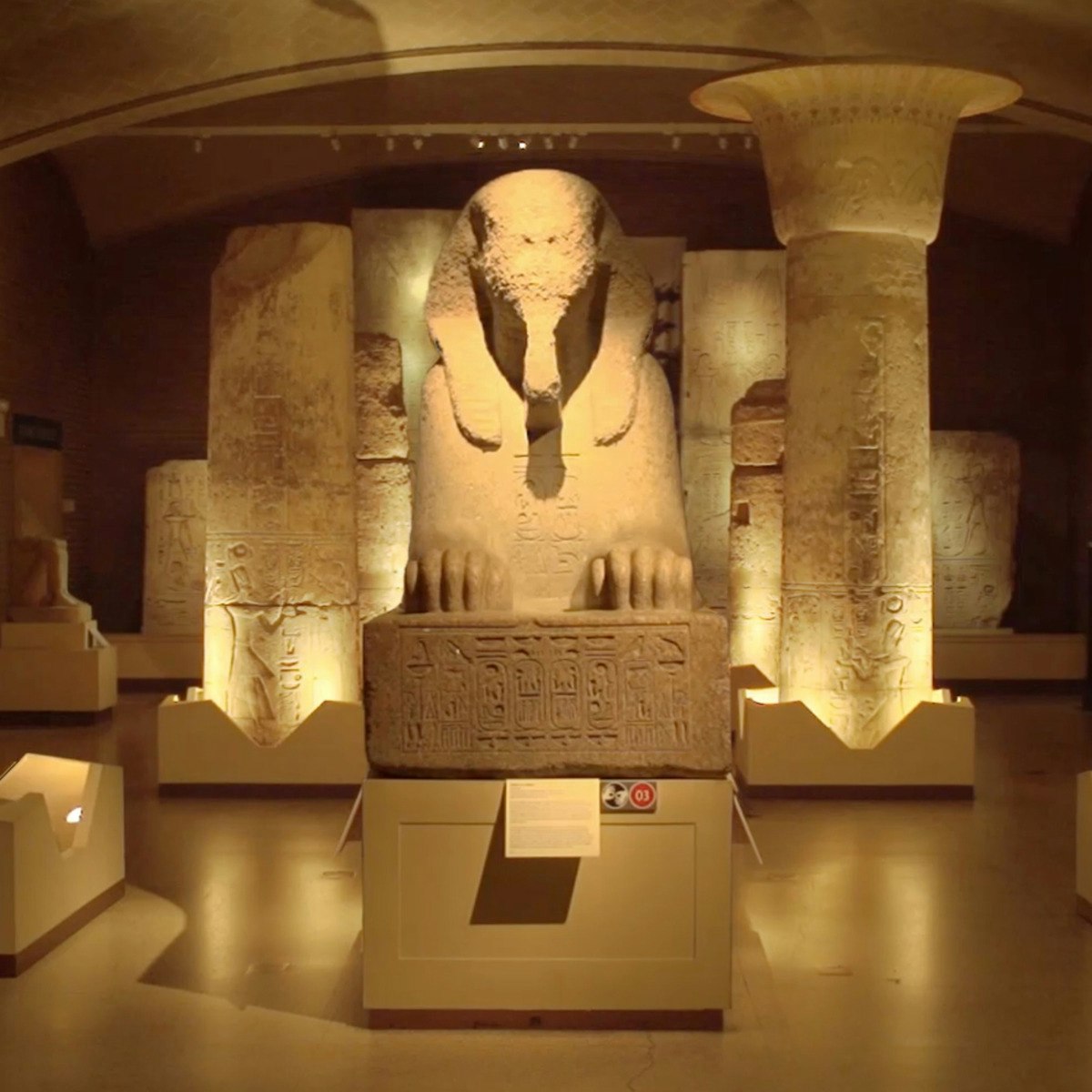Back to Courses









Economics Courses
Showing results 1-10 of 99

Visualization for Statistical Analysis
In this project you will learn about several visualization techniques and their importance for Statistical Analysis. The project demonstrates different plotting techniques, for example, histograms, scatter plots, box and whiskers plot, violin plot, bar plot, addition of regression line to scatter plot, and creating matrix of multiple plots. It also discusses the suitability of each plots according to the data type of the variables and illustrates multiple ways to achieve the desired plots efficiently. The project refers to 'Palmer Penguins' data set for the illustrative purpose.

Financial Markets
An overview of the ideas, methods, and institutions that permit human society to manage risks and foster enterprise. Emphasis on financially-savvy leadership skills. Description of practices today and analysis of prospects for the future. Introduction to risk management and behavioral finance principles to understand the real-world functioning of securities, insurance, and banking industries. The ultimate goal of this course is using such industries effectively and towards a better society.

Digital business - Grow on digital world
Digital-driven changes are both generic and specific. Most transformations apply to all industries, equally and without exception. But in some industries or places, digital transformations are singular and atypical. To be a player in the digital world, you will need to master both the transformations common to all industries and the transformations at work on certain verticals. Retail and the sharing economy are emblematic of markets where specific transformations are unfolding. This module will tell you how.
Week 1 : New business models, new perimeters
Week 2 : Regulating the digital innovation
Week 3 : The value of digital innovation

Quantitative Text Analysis and Evaluating Lexical Style in R
By the end of this project, you will learn about the concept of lexical style in textual analysis in R. You will know how to load and pre-process a data set of text documents by converting the data set into a corpus and document feature matrix. You will know how to calculate the type to token ration which evaluates the level of complexity of a text, and know how to isolate terms of particular lexical interest in a text and visualize the variation in frequency of such terms in texts over time.

The Art and Science of Economic Policy
Economic policy affects every citizen. And economic policymaking is best done as a collaborative process with a wide range of stakeholders. This course brings an understanding of the relevance and impacts of economic policymaking in everyday life, and the ways for citizens to be involved in shaping economic policy, in an accessible and interesting manner. Taught by Dr. Vijay Kelkar and Dr. Ajay Shah, along with Aromar Revi, Director, IIHS, the course synthesises more than one hundred years of their combined experience as professional economists and public intellectuals.
This course can be covered across 5 weeks with 3-5 hours of learning per week. To get the best out of the course, learners are encouraged to view all the video lectures and conversations, go through other learning material, work on all the assignments and assessments, and participate in discussions in a constructive and respectful manner.
By the end of this course, you will be able to:
~ Identify the role of the government in defining and implementing policy
~ Recognise the various objective aspects of policymaking, and appreciate the various softer / people aspects involved
~ Analyse the steps involved in the process of policymaking, and discuss various nuances and challenges in defining and implementing it
Each citizen plays an important role in shaping our Republic. This course enables citizens, public servants and learners to understand the implications of various aspects of governing a Republic.
If you are a student of economics, public policy, law, political science, and/or management, this course will explain the process of economic policy-making and inform you about the complex systems involved in its creation and implementation.
If you are a public servant in Indian Civil Services involved in public finance and economics, this course will help you gain deeper insights into topics and practices surrounding the design of economic public policy. UPSC aspirants will likewise benefit from the insights and by participating in the discussions the course offers.
Employees and leaders in the private sector who will benefit from having a more nuanced understanding of economic policy and development will also find this course very educational and informative.
We look forward to having you on the course!

Economic Growth and Distributive Justice Part II - Maximize Social Wellbeing
If you really care about the big questions in the economies and societies of the 21st century, such as distributive justice - namely, inequality of income or wealth, and its correlation with economic growth - this course is meant for you. The knowledge you will gain can truly change your outlook on our world.
"Economic Growth and Distributive Justice - Maximizing Social Wellbeing" is the second part of a two part course and it includes the following five lectures:
(1) The excess burden of taxation
(2) Tax incidence: who bears the economic burden of tax?
(3) Progressivity: definition and ways to achieve
(4) Low Income, Low Ability and the Optimal Income Tax Model
(5) Designing the Tax and Transfer System that Maximizes Social Wellbeing
If you haven't done that already, we strongly recommend that you register for the first part of the course: "Economic Growth and Distributive Justice - the Role of the State". Taking both parts of the course would enable you to obtain a fuller and more comprehensive knowledge about Economic Growth and Distributed Justice.
The course is founded upon the elemental idea that the role of the state is to maximize the well-being - or simply the happiness - of its residents. In 9 fascinating, edifying lessons, using only simple words and decoding professional terminologies that sometimes baffle the intelligent layman, the course expounds many truths – both intuitive and unintuitive. Often using examples from the US and Europe, it does not however focus on policies in any particular region of the world, and is directly applicable to all countries around the globe.
The course touches upon the essence of important concepts like efficiency and equity, inequality and poverty, gross domestic product, tax evasion and tax planning; it presents the work of Nobel Laureate James Mirrlees and his followers - promoting a coherent system that integrates tax and government expenditures to maximize social welfare; and illuminates a range of high-profile issues from their economic angle:
• Climate change: the atmosphere and oceans as public goods, and how smart (Pigovian) taxation can be used to combat the rapidly increasing threats to our planet;
• Technology as the engine of economic growth;
• Taxing the rich: How can we mitigate the growing inequality problem? Should we impose a global tax on capital?
The curriculum includes interviews with major figures in the fields of law and of economics: Harvard's Elhanan Helpman, Dan Shaviro from NYU and Richard Epstein from the University of Chicago and NYU.
After successfully completing this course, you can expect to be able to:
• better understand economic issues presented in the media
• form an informed opinion on the strengths and weaknesses of presented social economic policies
• define and measure inequality and poverty
• define the connection between inequality (income, wealth) and economic growth
• explain the foundations of economic growth
• design a tax and transfer system to maximize the happiness of individuals
All these will allow you to better understand the policies being developed around you, and to play a larger, more informed role in their development, as a conscientious citizen.
In order to receive academic credit for this course you must successfully pass the academic exam on campus. For information on how to register for the academic exam – https://tauonline.tau.ac.il/registration
Additionally, you can apply to certain degrees using the grades you received on the courses. Read more on this here –
https://go.tau.ac.il/b.a/mooc-acceptance
Teachers interested in teaching this course in their class rooms are invited to explore our Academic High school program here – https://tauonline.tau.ac.il/online-highschool
This course is a direct extension of the first part "Economic Growth and Distributive Justice Part I -The Role of the State", so if you have not yet taken it, we highly recommend you start your learning from there (https://www.coursera.org/learn/economic-growth-part-1/home/welcome).
This course will temporarily close for enrollment from March 1st, 2022 to August 31st, 2022. During this time, the course will be closed for new enrolments. All of the course materials will continue to be able available to previously enrolled learners; however, the course staff will not provide support in the Discussion Forums during this period.
Best,
The Tel Aviv University Team

Doing Economics: Measuring Climate Change
This course will give you practical experience in working with real-world data, with applications to important policy issues in today’s society. Each week, you will learn specific data handling skills in Excel and use these techniques to analyse climate change data, with appropriate readings to provide background information on the data you are working with. You will also learn about the consequences of climate change and how governments can address this issue.
After completing this course, you should be able to:
• Understand how data can be used to assess the extent of climate change
• Produce appropriate bar charts, line charts, and scatterplots to visualise data
• Calculate and interpret summary statistics (mean, median, variance, percentile, correlation)
• Explain the challenges with designing and implementing policies that address climate change
No prior knowledge in economics or statistics is required for this course. No knowledge of Excel is required, except a familiarity with the interface and how to enter and clear data.

Principles of Sustainable Finance
Finance is widely seen as an obstacle to a better world. Principles of Sustainable Finance explains how the financial sector can be mobilized to counter this. Using finance as a means to achieve social goals we can divert the planet and its economy from its current path to a world that is sustainable for all.
Throughout this course, you will learn about the UN Sustainable Development Goals, how social and environmental factors should not be regarded as externalities, you will learn more about sustainable banking and asset management, about effective engagement, sustainable scenario analysis and long-term value creation.
At the end of this course you will understand how sustainable finance can be used as a tool to steer the sustainability transition.

Citation Analysis for Bibliometric Study
In this 2 hour long project, you will learn to search and extract relevant research articles and their linked references efficiently from a journal database to conduct a bibliometric literature review. Then with these extracted data, you will learn to create a citation network. The visualization tool Gephi will be used in this project for citation network analysis. You will also learn, how to modify the network to present more information visually about the extracted citation data.
Note: This course works best for learners who are based in the North America region. We’re currently working on providing the same experience in other regions.

Introduction to Ancient Egypt and Its Civilization
Colossal pyramids, imposing temples, golden treasures, enigmatic hieroglyphs, powerful pharaohs, strange gods, and mysterious mummies are features of Ancient Egyptian culture that have fascinated people over the millennia. The Bible refers to its gods, rulers, and pyramids. Neighboring cultures in the ancient Near East and Mediterranean wrote about its god-like kings and its seemingly endless supply of gold. The Greeks and Romans describe aspects of Egypt's culture and history.
As the 19th century began, the Napoleonic campaign in Egypt highlighted the wonders of this ancient land, and public interest soared. Not long after, Champollion deciphered Egypt's hieroglyphs and paved the way for other scholars to reveal that Egyptian texts dealt with medicine, dentistry, veterinary practices, mathematics, literature, and accounting, and many other topics. Then, early in the 20th century, Howard Carter discovered the tomb of Tutankhamun and its fabulous contents. Exhibitions of this treasure a few decades later resulted in the world's first blockbuster, and its revival in the 21st century has kept interest alive.
Join Dr. David Silverman, Professor of Egyptology at Penn, Curator in Charge of the Egyptian Section of the Penn Museum, and curator of the Tutankhamun exhibitions on a guided tour of the mysteries and wonders of this ancient land. He has developed this online course and set it in the galleries of the world famous Penn Museum. He uses many original Egyptian artifacts to illustrate his lectures as he guides students as they make their own discovery of this fascinating culture.
Popular Internships and Jobs by Categories
Find Jobs & Internships
Browse
© 2024 BoostGrad | All rights reserved